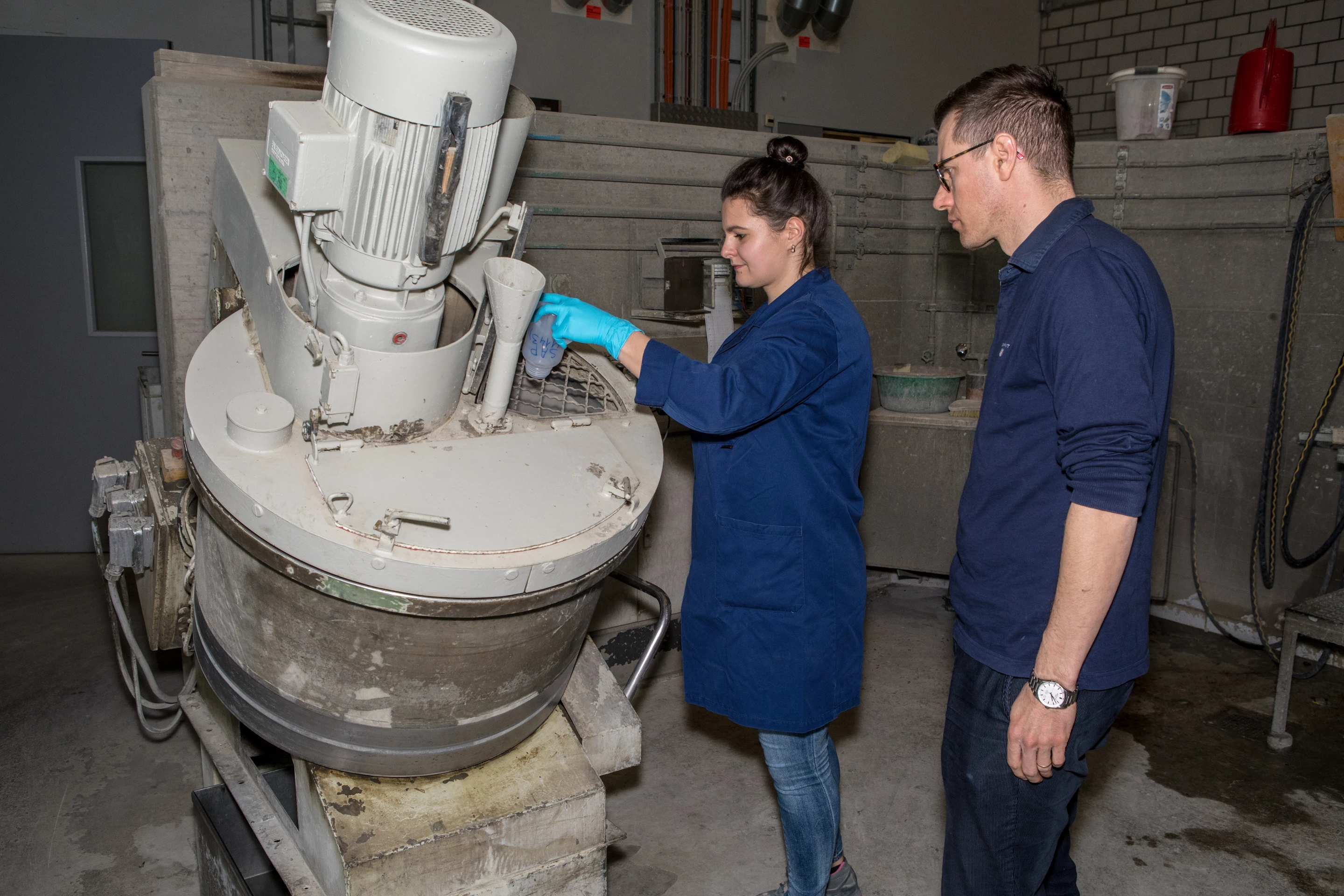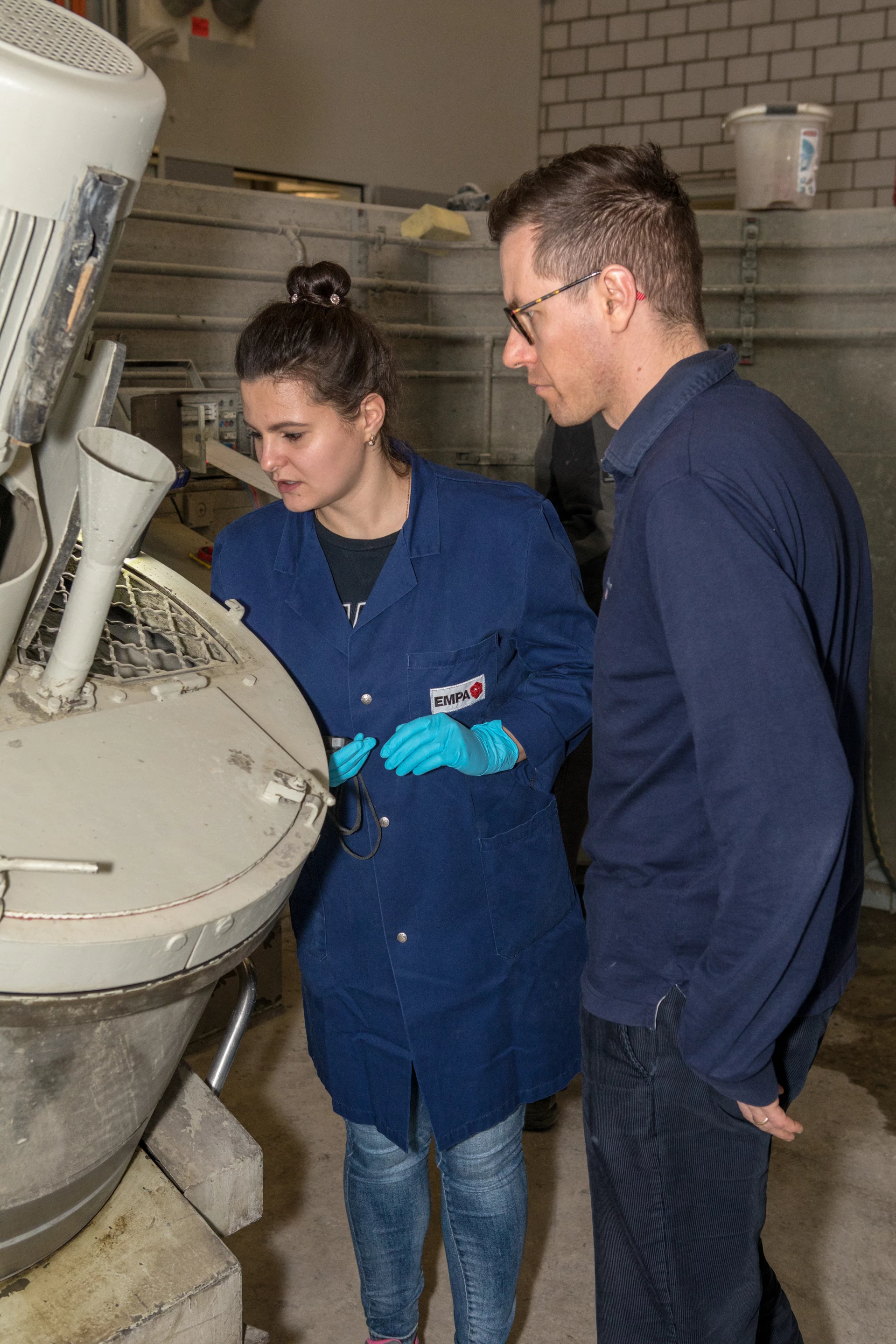One of the ways the strength and durability of concrete can be improved is by incorporating tensioned steel tendons before it is cast, which can then be released to compress the material as it sets. A novel adaptation of this pre-stressing technique has been used to produce concrete that is lighter but with comparable strength, an advance that if widely applied, could save significant amounts of CO2.
As the most commonly used construction material in the world, the carbon footprint of concrete is massive, with the billions of tonnes produced each year requiring vast amounts of energy. For this reason, scientists all around the world are looking to tweak the production processes to make them more environmentally friendly, with even small improvements potentially having big ramifications.
The latest breakthrough comes from scientists at the Swiss Federal Laboratories for Materials Science and Technology (EMPA), where ways to improve on pre-stressed concrete technology are being investigated. This technique is often used when the material is required to withstand especially high loads, such as a beam or a bridge, with the tensioned steel tendons generating forces that compress the material from within.
One limitation of this technique is that the steel tendons are vulnerable to corrosion. This means that the concrete poured around them to build the element needs to be of a certain thickness, but alternative tendons made from carbon-fiber-reinforced polymers (CFRP) are resistant to corrosion, and have enabled the production of much leaner concrete elements that otherwise offer the same properties.
But using CFRP as the tendons involves expensive equipment and anchoring them on either end of the element is far more complicated. This, paired with the fact that they too have their limits, has meant that pre-stressed CFRP-reinforced concrete isn’t used as widely as that pre-stressed via steel.
“If you want to pre-stress these CFRP reinforcements in order to be able to build even thinner structures with a higher load-bearing capacity, you reach your limits,” says Dr. Mateusz Wyrzykowski, who is a member of the research team.

The EMPA team has developed a special formula for CFRP-reinforced concrete that causes it to expand as it hardens. This means there is no need to anchor and tension the tendons, as the material does that on its own as it sets. The tendons then stay in that state permanently, exerting counter-forces on the concrete and creating compressive stress. Wyrzykowski offered us this analogy:
"If one puts a rubber band around the arms and tries to stretch them, the rubber band will be under tension, while one's arms will experience the compression from the band," he says. "Per analogy, such mechanism will make the expanding concrete experience compression."
This opens the door to even leaner concrete elements that offer great strength, with the team’s testing showing that the self-stressing material could bear loads comparable to conventional pre-stressed concrete, and around three times more than a non-pre-stressed CFRP concrete element.
“Our technology opens up completely new possibilities in lightweight construction,” says Wyrzykowski. “Not only can we build more stable structures, we also use considerably less material. We can easily pre-stress in several directions at the same time, for example for thin concrete slabs or filigree curved concrete shells.”
Source: EMPA









